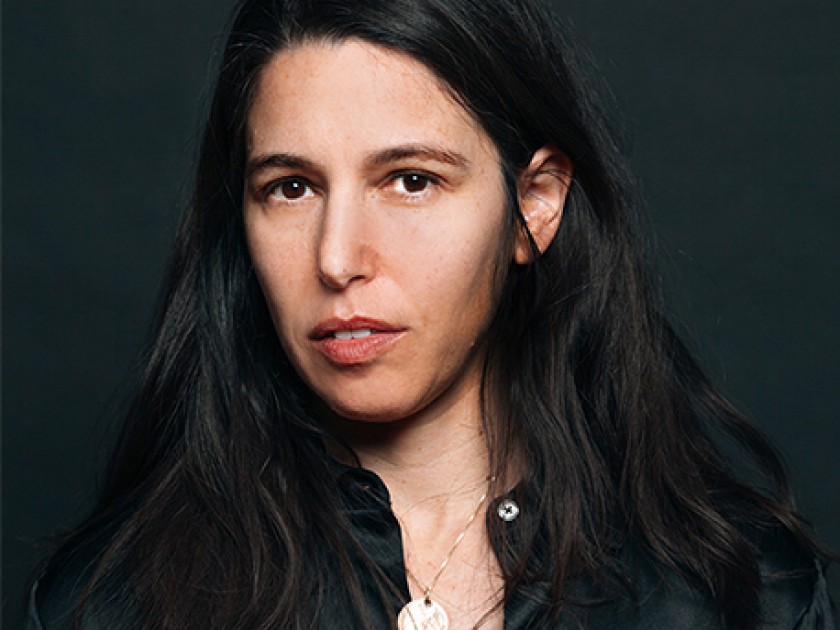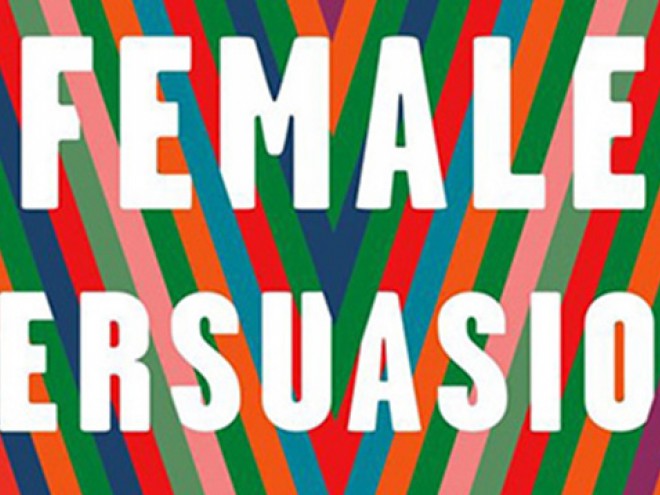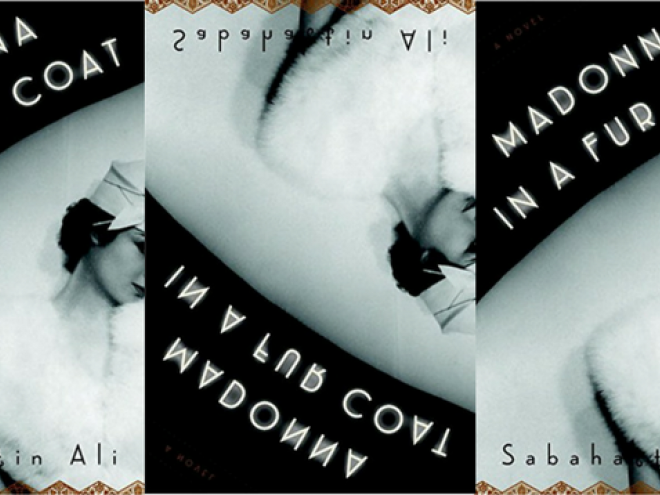
Tamara Faith Berger’s latest novel, Queen Solomon, is a dark coming-of-age story that follows a disturbed teenage narrator during the summer his family hosts an Ethiopian Jewish girl from Israel, and the enduring influence that summer has on him. It’s a challenging book that tackles, among other issues, racism in the Jewish diaspora, the legacy of Israel’s aliyah operations, and the fluidity of victimhood.
Berger talked to the Jewish Book Council about the impact that learning about Ethiopian Jews had on her as a pre-teen, the tradition of crass Jewish comics, and what she hopes readers will take away from the book.
Natalie Aflalo: Do you consider the books you write to be “Jewish books”?
Tamara Faith Berger: Queen Solomon is my first seriously Jewish book. There is maybe a Jewish sensibility that I tapped into in my previous books, but Queen Solomon is the first book where I’m dealing with Jewish topics, Jewish themes, Jewish marginalia … I think it’s because I’d never really allowed myself to fully go into everything I wanted to say about Jewishness before.
I see the Jewish sensibility in my books as being somewhat in the tradition of the crass, male comic— like Lenny Bruce, and maybe also kind of Philip Roth-ian, this sort of urge and desire to say everything and get it all out. And I know that there’s a female tradition of this as well: Sarah Silverman, Lena Dunham, Amy Schumer … I think it’s just Jewish in general: this comic, crass tendency.
NA: How did you come up with the premise for Queen Solomon?
TFB: I first heard about Ethiopian Jews when I was in about grade seven or eight, when Operation Moses had recently happened. A girl in my class did a presentation on the Falashas, as they were called back then. I think that just the awareness that Black Jews existed made a huge impression on me as a twelve-year-old. It probably appealed to my pre-teen sensibility — this sort of romanticism, in a way, of Jews being in Ethiopia and being “rescued” by Israel. In the pictures I remember people all garbed in white, leaving the plane, and kissing the tarmac … It really made a strong impression on me because I grew up in a very particular class of Jewish people — very monoculture, very Ashkenaz. My experience of Judaism was not multicultural or multiethnic.
My interest in Operation Solomon was rekindled when I started reading about what has been happening in Israel over the last ten or so years in terms of non-Jewish African refugees.
NA: Can you talk about writing the dialogue between the narrator’s parents? They have these really opposing ideas about Israel—the father is very defensive of Israel, of Jews, of the IDF, and the mother has a much more critical approach.
TFB: Once I started, those were probably some of the most fun things to write in the book, because it’s crazy how opposing views are about Israel in any given Jewish community. I mean, it’s exaggerated in my book, but I’ve heard all of it. There is a comedic element to the Israel commentary that goes on within the family which aims to get at the uncomfortable truth of just how irreconcilable the sides seem to be.
NA: The narrator of Queen Solomon is really interested in the writings of Ka-Tzetnik 135633, and wants to write his master’s thesis about his work. What is the significance of Ka-Tzetnik to you? Reading about his work I definitely see some parallels to your writing: intends to shock, depicts perverse sexuality, etc.
TFB: I found House of Dolls, Ka-Tzetnik’s most famous book, at a garage sale. The book was a sensation when it first came out in 1955. It was the first Holocaust novel and was marketed as based on the diary of a girl (Ka-Tzetnik’s sister) who had been forced into prostitution in Auschwitz. The book was thought of simultaneously as a novel and as “testimony.” Somehow this tension co-existed without conflict until much more recently. As I describe in Queen Solomon, House of Dolls has this very titillating cover of a woman ripping open her prison shirt and showing the number tattooed on her chest along with the name “Feld Hure,” which means “field whore.” It’s a very shocking image on purpose. It’s meant to sell. But ironically, House of Dolls is hard to read because it’s not very titillating! It’s about the Nazis taking over a Polish city, it’s about a way of life being destroyed, it’s about being taken to a concentration camp in a cattle car, it’s about losing your family members, with a little bit about being a sexual slave in Auschwitz and a female Nazi guard. It’s a really sad, dense book of pulp. Anyway, I am fascinated by the blurred-genre phenomenon of House of Dolls and the biography of Ka-Tzetnik. I actually think his best book is his last one, Shivitti: A Vision, which I also talk about in Queen Solomon. It’s basically about him doing LSD therapy in Amsterdam in the ‘70s to try to cure his PTSD (which was called Concentration Camp Syndrome). The book is a powerful, sickly, totally unique document of Ka-Tzetnik’s treatment and his hallucinations.
I relate to a lot of different things in Ka-Tzetnik’s books, especially this deep desire to tell about trauma, which ends up as this sort of slippery slope or slippery feeling between fact and fiction, between pleasure and pain, between telling everything that you know, and becoming a hermit — feeling mute, and shutting it up and shutting it all away.
NA: That slipperiness can be really controversial when thinking about the Holocaust, right?
TFB: Yes, it’s a really controversial thing to talk about the notion of what is truth and what is fiction as it relates to the Holocaust. But there actually is a literary tradition among Holocaust survivors who were artists — and Ka-tzetnik was a writer before he was at Auschwitz — making some kind of fiction about their experience. It’s perhaps a small and marginal contingent who understand that fiction and fictionalizing is a fertile place to deal with trauma. I’m interested in the idea of traumatized people/survivors writing fiction and transgressing notions of what’s “true,” what’s “real.” I mean, we’re still constantly asking writers, traumatized or not, about what’s real and what’s not real in their work; the question is not new. As it relates to tragic historical events, it’s a challenge — it’s challenging of the reader, mostly, but I don’t think there’s anything wrong with challenging readers.
NA: Throughout the book, you explore the idea of Jews as victims and as saviors, as well as perpetrators or abusers. Can you talk about that?
TFB: I’m actually reading this book right now about anxiety in the novels of Philip Roth, and your question is basically this guy’s thesis. He argues that, thematically, so much of Roth’s oeuvre is about this dual or competing anxiety between being a victim and being a perpetrator, and he calls this a very Jewish anxiety. Obviously there’s a huge history of Jews being victims, and a lot more recently there’s this anxiety about whether you’re a Jewish perpetrator.
I’m exploring this slippery continuum of the (notably) white, male savior slash anti-savior — someone who causes harm and at the same time is trying to do good in the world. It’s a really intense conflict that seems to shoot between the past and the present, and I think that I feel it psychologically, too. I mean, I know that I am implicated in this really twisted system of Jewish perpetration on one side and acknowledging the history of Jewish victimization, on the other.
NA: What do you hope Jewish people who read this book will take away from it?
TFB: Jewish people will have to tell me what they take away from it. But I think in general, it’s a provocation to open, to see more, to see the inequities happening in front of our faces.
Natalie Aflalo is the former digital content manager at the Jewish Book Council.



